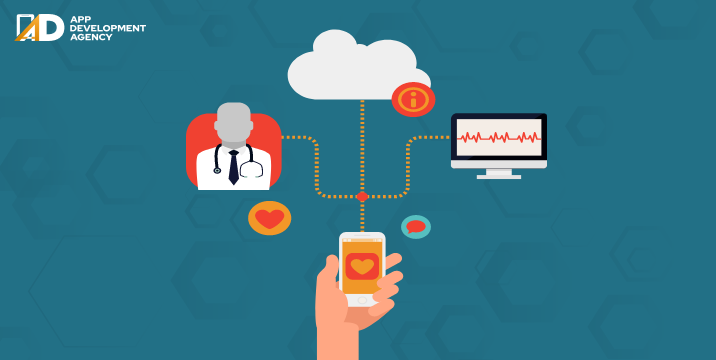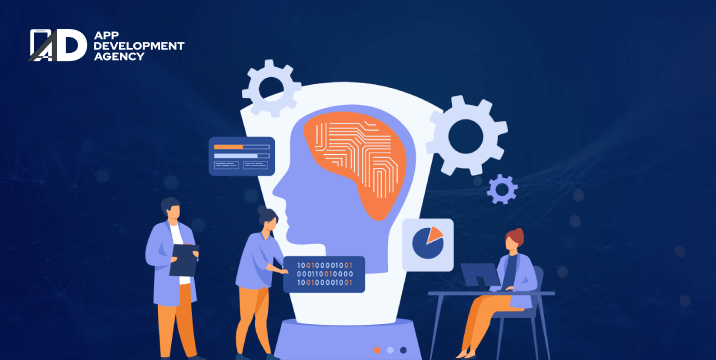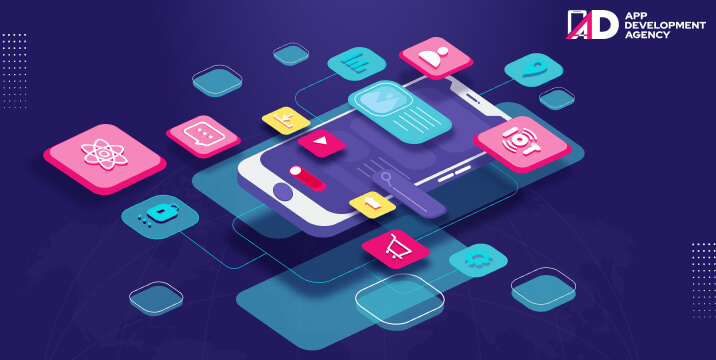Let’s find out how do AI Developers cognize and employ the solutions and benefits of AI in their applications!Artificial intelligence handles data-intensive workloads from data preparation to refined training models. It requires purpose-built servers, simple classification, and pattern recognition tasks and systems capable of using historical data to make predictions. Machine learning advanced in the 21st century bringing many relevant breakthroughs like self-driving cars, virtual assistants like Alexa and Siri. Narrow or weak AI with savant-like skills to demonstrate human-level intelligence and consciousness is still a work in progress.
The emergence of artificial super-intelligence will change humanity, but it’s not happening soon. Here are the types of AI leading up to that new reality.
Reactive AI
Such algorithms lack memory and are reactive. These offer the same output even after being given a specific input. Machine learning models that use this type of AI – are effective for pattern recognition tasks. But they are incapable of analyzing scenarios that include imperfect information or historical understanding.
Limited Memory
Algorithms in limited memory machines work in proportion to the human brain. These are capable of handling complex classification tasks and use historical data to make predictions. Example: Autonomous driving. Limited machines come with narrow intelligence as they lag behind human intelligence in many respects. They require training data to learn and behave.
Theory of Mind
This type of AI is capable of understanding human motives and delivers personalized results based on individual needs. Theory of mind is also known as artificial general intelligence (AGI). It can contextualize information and generalize knowledge to resolve varied problems. It also incubates the ability to detect human emotions and empathize with people (a part of sentiment analysis)
Self-aware
This type of artificial intelligence considers the mental state of other entities, as well itself. It is capable of surpassing human cognition by creating more intelligent versions of itself.
| Applications | Types of Models | Software/Hardware for Training and Running Models | Programming Languages for Building Models |
| Image Recognition | Deep Learning | GPU’s | Python |
| Speech Recognition | Machine Learning | Parallel Processing Tools (Like Spark) | TensorFlow |
| Chatbots | Neural Networks | Cloud Data Storage and Computing Platforms | Java |
| Natural Language Generation | C | ||
| Sentiment Analysis |
Data changes its form but remains there. It is omnipresent with a great deal of potential. Every AI-enabled application has a lifecycle: Smart recommendations, generative design, anomaly detection, and preventive maintenance, to optimize the way the products are designed and produced. AI Development Companies use it within industrial-grade AI applications adding value and interacting seamlessly with software and automation. Collaboration and open ecosystems potentially leverage such technologies. Follow us for more insights on Artificial Intelligence, neural language, and machine learning applications!

Healthcare industry is stepping up by the day with every new advancements in E-consultations, real-time diagnosis, telemedicine, AI enabled robot systems to do routine unskilled tasks, accessing digital therapeutics provided by immersion technology tools. Healthcare industry data flows from operations to analysis. It eventually has to abide by a structure to store critical information about …
Continue reading “How Does Healthcare Intersect with Cloud Computing in 2023?”
Read More
Instagram suggests reels based on what you’ve watched before, but how does it decide what to suggest? Using machine learning algorithms, Instagram determines which reels a user should engage with based on which reels they have interacted with previously and whether they have been in contact with the creators. Machine learning (ML) is the branch …
Read More
JavaScript frameworks like React, Angular, Vue, Svelte and JS templating engines like Template 7, Squirrelly, JSRender, Jade Language, Marko, Hogan, Webix, Pug, Underscore, Nunjucks, EJS, doT, Handlebars, and Mustache offer simple templates to give developers a starting point and let them go over that first bump of getting something, anything in the browser. Once that …
Continue reading “ReactJS for IoT Apps in 2023 and Beyond”
Read More